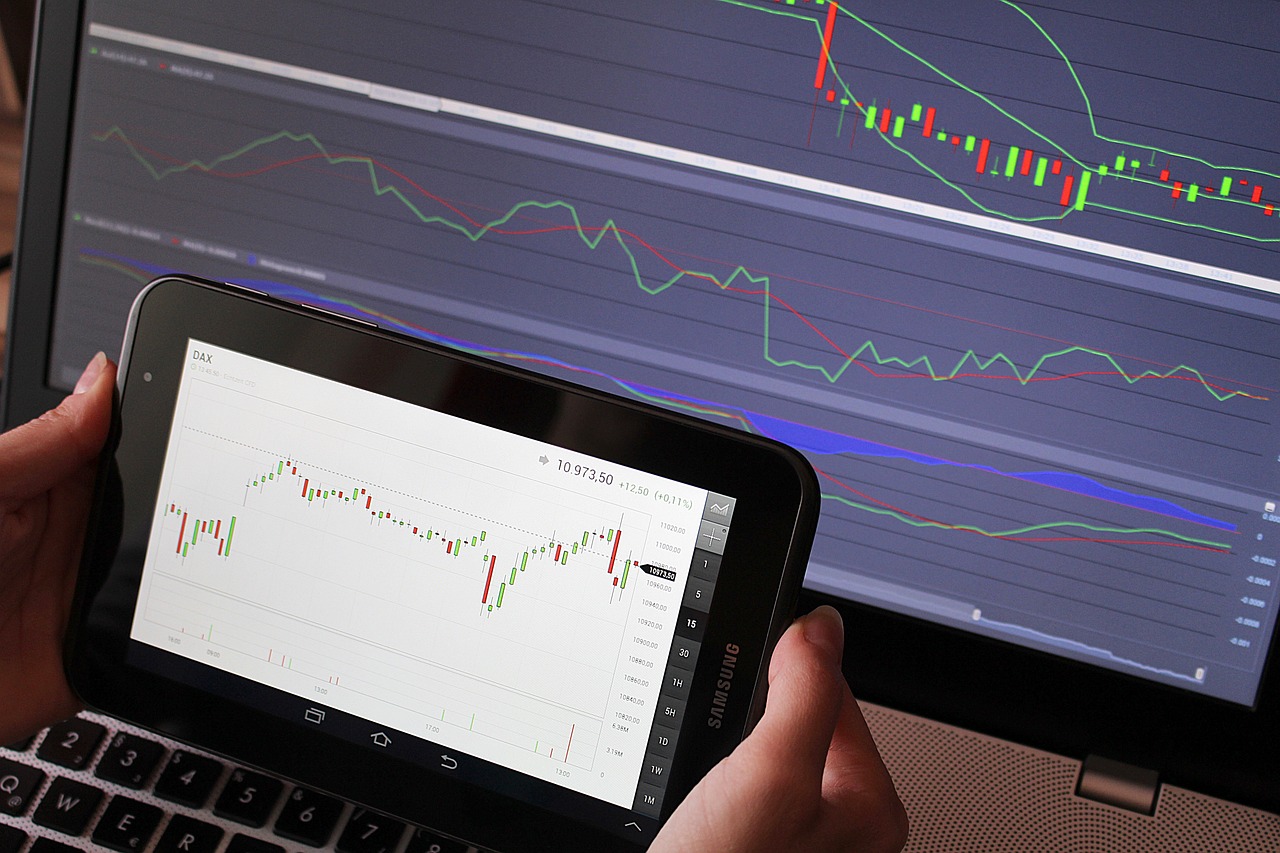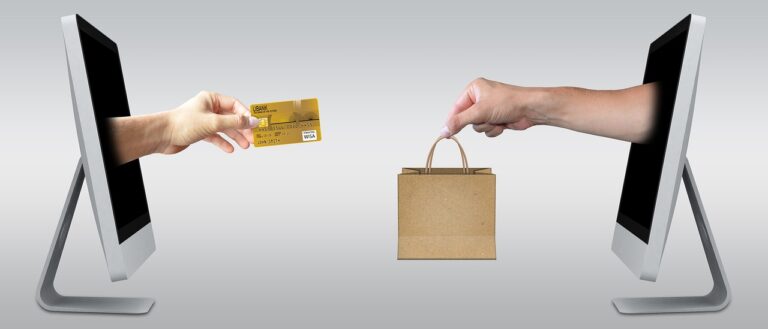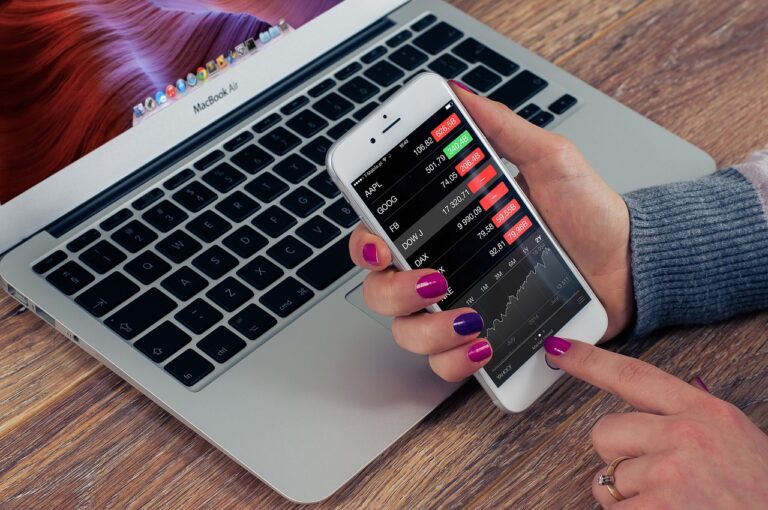A Beginner’s Guide to Forex Trading – What you Need to Know
Forex is the global platform for trading fiat currencies, which is open 24 hours per day, 5 days per week and if you are thinking about registering as a trader, there’s a whole lot of learning to occur prior to making your first trade. In this short article, we introduce some important aspects of trading fiat (tangible, non-digital) currencies that you need to know.
The Forex Market
This is a global marketplace that is open for business Monday to Friday, 24-hours a day, much like regular business hours, so you won’t be trading at the weekends. Traders love the fact that they can relax after a hard week, plus you can use some of that free time to plan next week’s strategy. In order to safely trade Forex, you need to register with Australia’s leading Forex trading platform, then you can make good use of their many features.
How to Trade Forex
Fiat currencies are traded in pairs; the first currency is called the base currency, while the second one is the quote currency;
Here are a few examples of currency pairs:
- USD/GBP
- EUR/JPY
- CHF/USD
- JPY/AUD
- AUD/THB
The exchange rate is how much of the quote currency to buy one unit of the base currency, therefore the base currency is always reported in units and the quote currency is reported in the exchange rate, the amount required to purchase one unit of base currency.
Types of Forex Trades
There are 3 ways to trade on the Forex market, which are as follows:
- Spot market – The currency pairs are exchanged in real time, while rates are decided by the market.
- Forward market – Rather than executing a trade now, it is possible to choose a currency pair and agree details with another trader at a future date and time.
- Futures market – As the name implies, this is the way to trade currencies at an agreed date and time in the future. Futures is a popular market among experienced traders, while newbies tend to stick with the spot market, at least until they have some experience under their belt.
Essential Trading Terminology
One thing that will seem confusing is the acronyms and terms used in Forex trading, which are as follows:
- Currency pair – The two currencies you are trading.
- Pip – Stands for percentage in points, which refers to the smallest possible change to a currency price.
- Bid/ask price – The exchange rates are determined by the maximum amount the buyer is prepared to pay and the minimum the seller is prepared to sell. This spread is known as the bid/ask spread.
- Leverage = Leverage occurs when a traded wishes to trade more than they are able to cover; basically, it is a loan from your broker to enable you to settle a bid.
If you think you are ready to start your learning journey, search online for Australia’s award-winning Forex trading platform and set the ball rolling.
For more finance-related articles and details please log in to our website www.socialtalky.com
Please provide your feedback in the comment section below.






One Comment
Comments are closed.